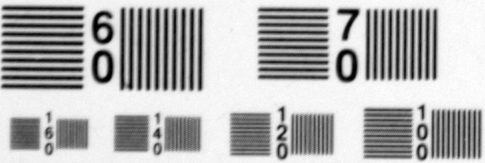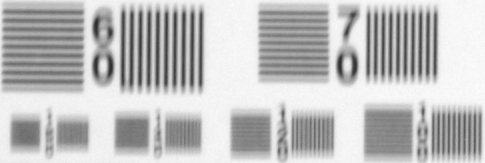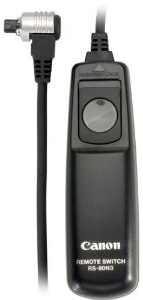EXCERPT page containing first few paragraphs. 2024-04-26 00:28:05
UA_SEARCH_BOT_compatible_botmozilla/5.0 applewebkit/537.36 (khtml, like gecko; compatible; claudebot/1.0; +claudebot@anthropic.com) @ 3.15.147.53
For full access, subscribe here. Or click title to login. ![]()
Mirror Lockup and Remote Release for Sharper Photos 📹
Mirror lockup is your #1 aid for getting sharp images. By using mirror lockup, vibration caused by DSLR mirror slap has time to die down, at least with shorter focal lengths; unless the camera has an electronic first curtain shutter the shutter itself can become an issue starting around 200mm, or certainly by 300mm.
The crops below are with and without mirror lockup. If you’re using a tripod, you should know how to use mirror lockup with a remote release (or Self-timer). While you can succeed without MLU for shorter focal length lenses, the 1/2 to 1/30 second is a “danger zone”, and you’ll get results that vary, and sooner or later degrade that shot you really wanted. If you have the time to set up a tripod, then you have the time for mirror lockup.
Article continues for subscribers...
Diglloyd Making Sharp Images is by yearly subscription. Subscribe now for about 13 cents a day ($50/year).
BEST DEAL: get full access to ALL 8 PUBLICATIONS for only about 75 cents a day!
Diglloyd Making Sharp Images articulates years of best practices and how-to, painstakingly learned over a decade of camera and lens evaluation.
Save yourself those years of trial and error by jump-starting your photographic technical execution when making the image. The best lens or camera is handicapped if the photographer fails to master perfect shot discipline. High-resolution digital cameras are unforgiving of errors, at least if one wants the best possible results.
- Eases into photographic challenges with an introductory section.
- Covers aspects of digital sensor technology that relate to getting the best image quality.
- Technique section discusses every aspect of making a sharp image handheld or on a tripod.
- Depth of field and how to bypass depth of field limitations via focus stacking.
- Optical aberrations: what they are, what they look like, and what to do about them.
- MTF, field curvature, focus shift: insight into the limitations of lab tests and why imaging performance is far more complex than it appears.
- Optical aberrations: what they are, what they look like, and what to do about them.
- How to test a lens for a “bad sample”.
Intrigued? See Focusing Zeiss DSLR Lenses For Peak Performance, PART ONE: The Challenges, or (one topic of many) field curvature.




